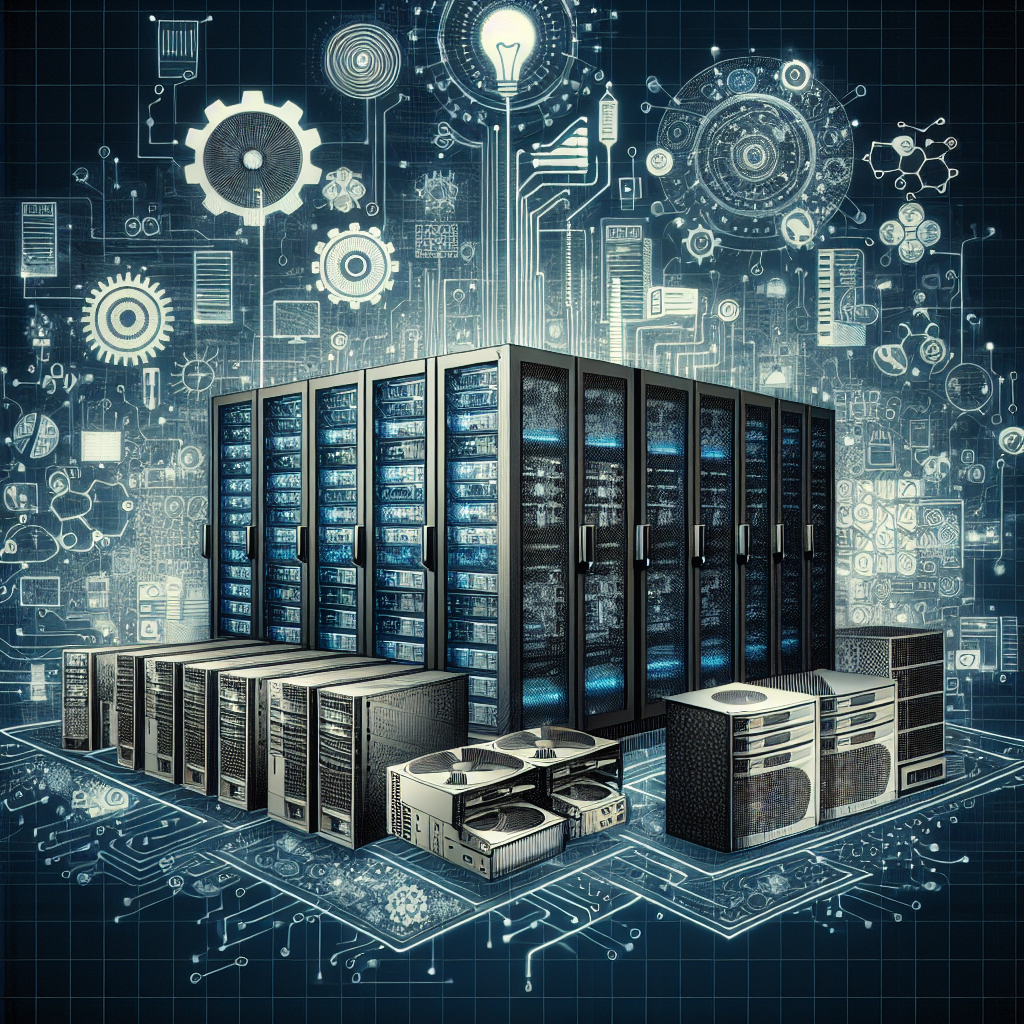As the demand for data storage and processing continues to grow, data centers are constantly evolving to meet the needs of businesses and consumers. One critical aspect of data center design is the HVAC (heating, ventilation, and air conditioning) system, which plays a crucial role in maintaining the optimal operating conditions for servers and other equipment.
In recent years, there have been significant developments in data center HVAC technologies, driven by the need for improved energy efficiency, reliability, and sustainability. These innovations are transforming the way data centers are cooled and heated, leading to more efficient operations and reduced environmental impact.
One trend that is gaining traction in the data center industry is the use of advanced cooling techniques, such as liquid cooling and direct-to-chip cooling. Liquid cooling involves circulating coolant directly to the heat-generating components, allowing for more efficient heat removal compared to traditional air cooling systems. Direct-to-chip cooling, on the other hand, involves placing cooling modules in close proximity to the processors, enabling more precise temperature control and reducing the risk of overheating.
Another innovation in data center HVAC is the use of intelligent control systems that optimize cooling and heating operations based on real-time data and predictive analytics. These systems can adjust temperature and airflow levels dynamically, ensuring that servers operate at their peak performance while minimizing energy consumption.
Furthermore, the adoption of free cooling systems, which utilize outside air to cool data centers during colder months, has become more prevalent in recent years. This approach can significantly reduce energy costs and carbon emissions, making data centers more sustainable and environmentally friendly.
In addition to these technological advancements, data center operators are also exploring alternative energy sources, such as solar and wind power, to further reduce their carbon footprint and reliance on fossil fuels. By combining these renewable energy sources with innovative HVAC technologies, data centers can achieve both cost savings and environmental benefits.
Overall, the trends and technologies in data center HVAC are driving a shift towards more efficient, reliable, and sustainable operations. As the demand for data storage continues to grow, it is crucial for data center operators to stay ahead of the curve and invest in cutting-edge HVAC solutions that can support the evolving needs of their business and the environment.


Leave a Reply